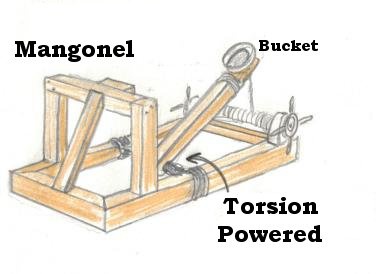
Walker, Martin (2021) The
Coldest Case: A Bruno, Chief of Police Novel. The latest installment.
Walker recently won a French literary prize for representation of Southern France and culture to the world.'
I have an additional affection for Walker’s series now too. I introduced these books to M, back in the summer of 2020. They helped distract her from the ordeal of cancer tests and treatments, when it was possible to be distracted still, without morphine. She died last month. I wish she'd been able to read this latest Bruno.
 |
| Areas near the French city of Marseille have been hit by a series of wildfires, burning homes and forcing the evacuation of hundreds of residents. |
I'd expected the next installment of the Brunos would deal with the pandemic as central to Provencal milieu. But it's the wildfire-drought summer of 2016 - 2017 - 2018 - 2019, or maybe even 2020? Which year it is, is not specified, but it could be any one of them, or even this summer, except of course the book was going through its production process then. However, since there's no reference to previous drought and wildfire summers, this reader assumes 2016.* There are many references to the dangers to the Dordogne in particular, and the series of caves filled with prehistoric paintings, of which Lescaux is only the most famous, though may be not the most important. Which again suggests 2016, because, though wildfires were not unusual in this region in the summers previous to 2016, the extent of the burning and length of time they burned, was new. Now, like in California, this is the norm.
 |
| Castelnaud-la-Chapelle village with Château de Castelnaud castle, Dordogne, Perigord noir, France |
The locals – Bruno’s idea of course – employ (a castle that exists in reality) Château de Castelnaud’s re-created trebuchets throughout a set-piece’s endless night to hurl tonnages of ice and water into the advancing conflagration's front lines, retarding it long enough for France’s military fire-fighting planes to be able to fly (so low they have to go, it’s too dangerous at night in the mountains) and spray water on the front – and, not incidentally, as the series is all about the local,** save the castle.
Holy cow! A litter of puppies are born!
Plus, for the murder mystery, and the historical elements of the Brunos’ formulae, Stasi surveillance documents and trained East German infiltrators from the 1980’s are central.
There's an attempted rape upon a young doctoral archaeologist by a gendarme, which rape is extraneous to all of the story lines, so the reader wonders if a gendarme assaulted a friend of the author? Or else, since she's essential to the solution of the local mystery, but never gets any page time, or time to spend with the local interlocked powers that be/friends, which is lamented several times by Bruno -- this is how author gives her some recognition? Balzac the Bassett's first sired litter of puppies get much more attention than this young archaeologist. Constant attention in fact, even though nobody’s seen them except on Bruno’s fone. Everyone cares about the puppies. Sadly then, we understand this way just what an Outsider she is to this local influencer network intersecting with others of their ilks throughout France in the police, military, media, education, politics, finance, medicine and law (hmm what does it mean that the Church isn't represented in this group?) -- just as it has been at least since the Renaissance. Nobody cares about the young archaeologist Nobody, unconnected to Somebodies. But they do feel vaguely guilty about it, since the author does. (How much book are we willing make, if this character recurs down the line, as so many do, it will turn out she's the niece of Somebody?)
On the other hand – puppies! And all our recurring characters, as do we readers, know Balzac since he was a pup, and love him well, while nobody knows the archaeologist, including we the readers. Local social circle-hierarchies are cruel as families to those who aren't really part of them.
This means, though, I can still look forward to a Pandemic in Provence Bruno. Or Pandemic and wildfires in Provence, just like 2020 and 2021.
~~~~~~~~~~~~~~~~~~
* We were there in Provence between those of 2017 and 2018. Wolves had been seen for the first time in decades, if not centuries, in the mountains of our friends' village. I asked then if it were possible the wildfires had sent them to the region, but no one knew.
** Which makes this series part of the mysteries classified as "cosies", one supposes? That this is so contributes no little to its success, one further supposes, as the thriller aspects of the larger plots are often not plausible if one looks at them for one second.




No comments:
Post a Comment